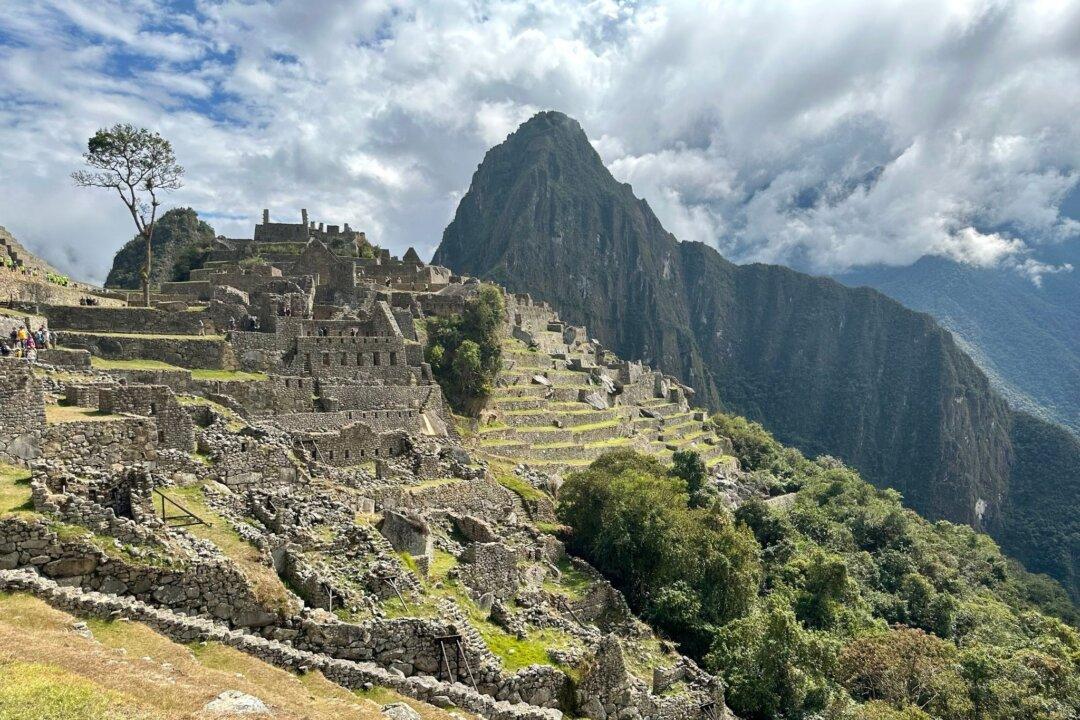Some of us closed our eyes and prayed as our small bus climbed death-defying switchbacks on the dirt road leading to Huayllafara, Peru. When we arrived, we saw why 35 families still live in this remote spot. A mix of the wild Andes landscape and cultivated fields spread out below us. Sheep roamed and a tethered donkey chewed grass. Six elders in traditional Peruvian dress—men in red chullos, wool hats with ear flaps, the women in dark hats with brims—stood in a row, waiting to welcome us to their village.
After a short welcome speech, the elders invited us to eat a huge lunch of traditional foods. We picked up tiny, warm baked potatoes, topping them with chili sauce and hunks of cheese and avocado. We drank chica morada, a beautiful indigo drink made from dried purple corn.

